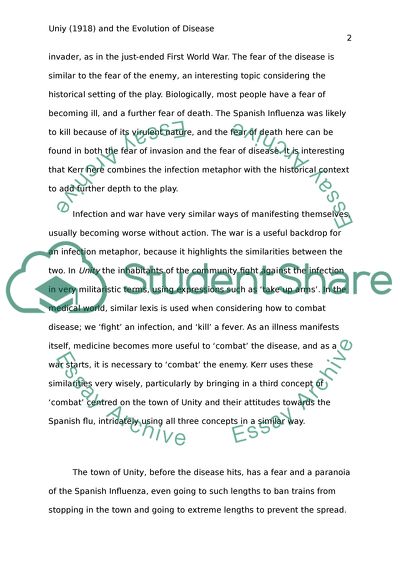Cite this document
(“Unity (1918) and the Evolution of Disease Essay”, n.d.)
Retrieved from https://studentshare.org/english/1444878-this-essay-asks-you-to-consider-disease-in-the
Retrieved from https://studentshare.org/english/1444878-this-essay-asks-you-to-consider-disease-in-the
(Unity (1918) and the Evolution of Disease Essay)
https://studentshare.org/english/1444878-this-essay-asks-you-to-consider-disease-in-the.
https://studentshare.org/english/1444878-this-essay-asks-you-to-consider-disease-in-the.
“Unity (1918) and the Evolution of Disease Essay”, n.d. https://studentshare.org/english/1444878-this-essay-asks-you-to-consider-disease-in-the.


